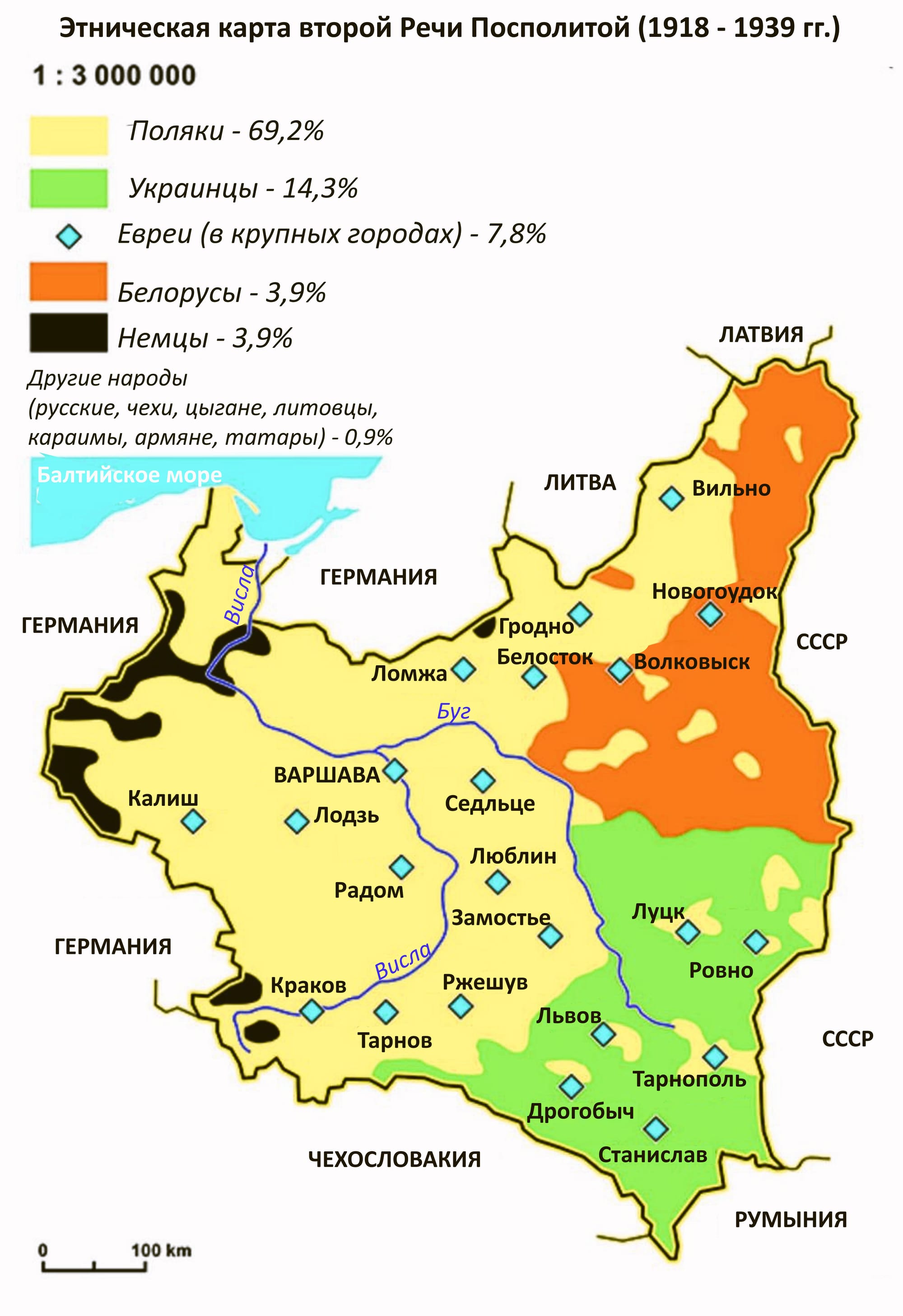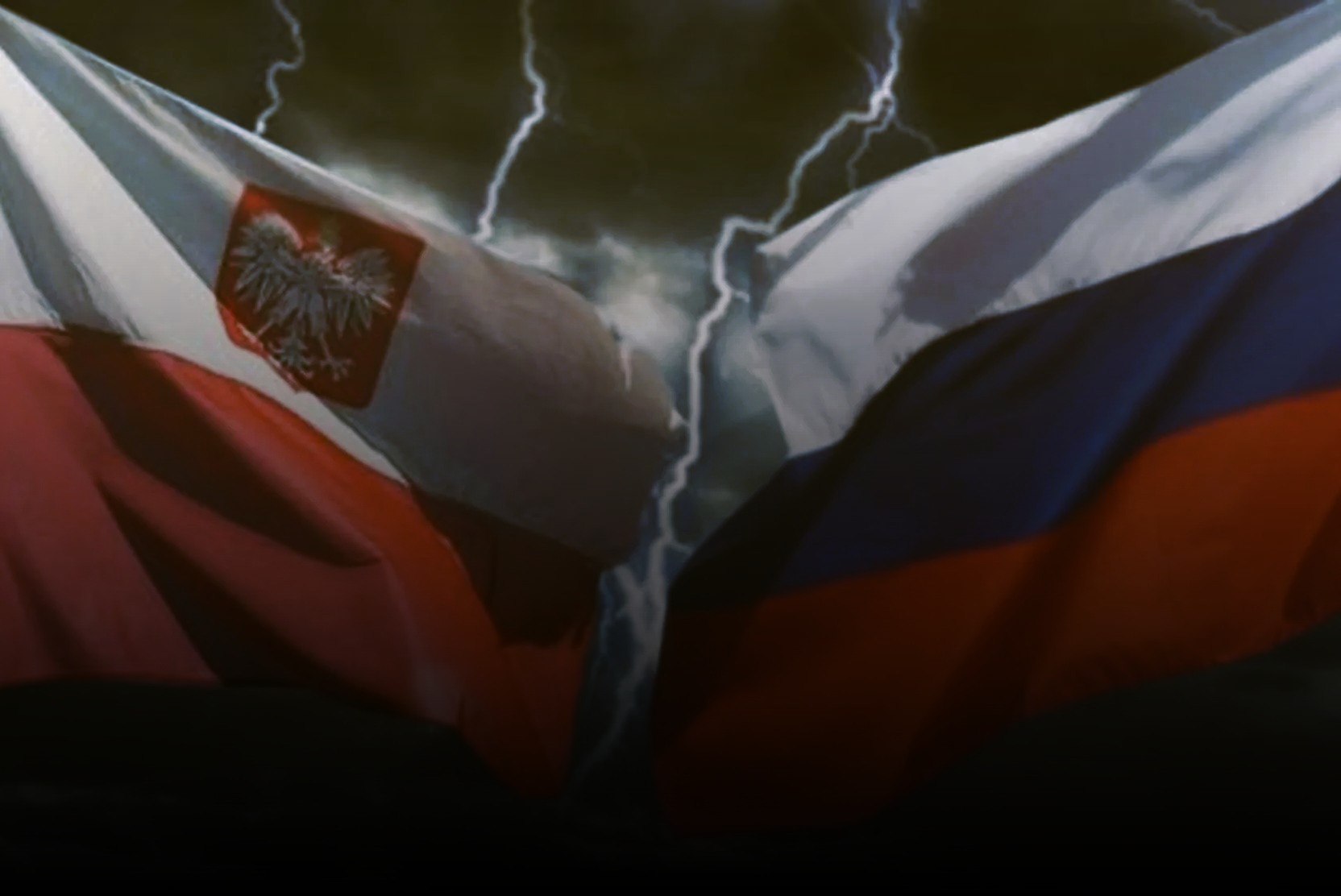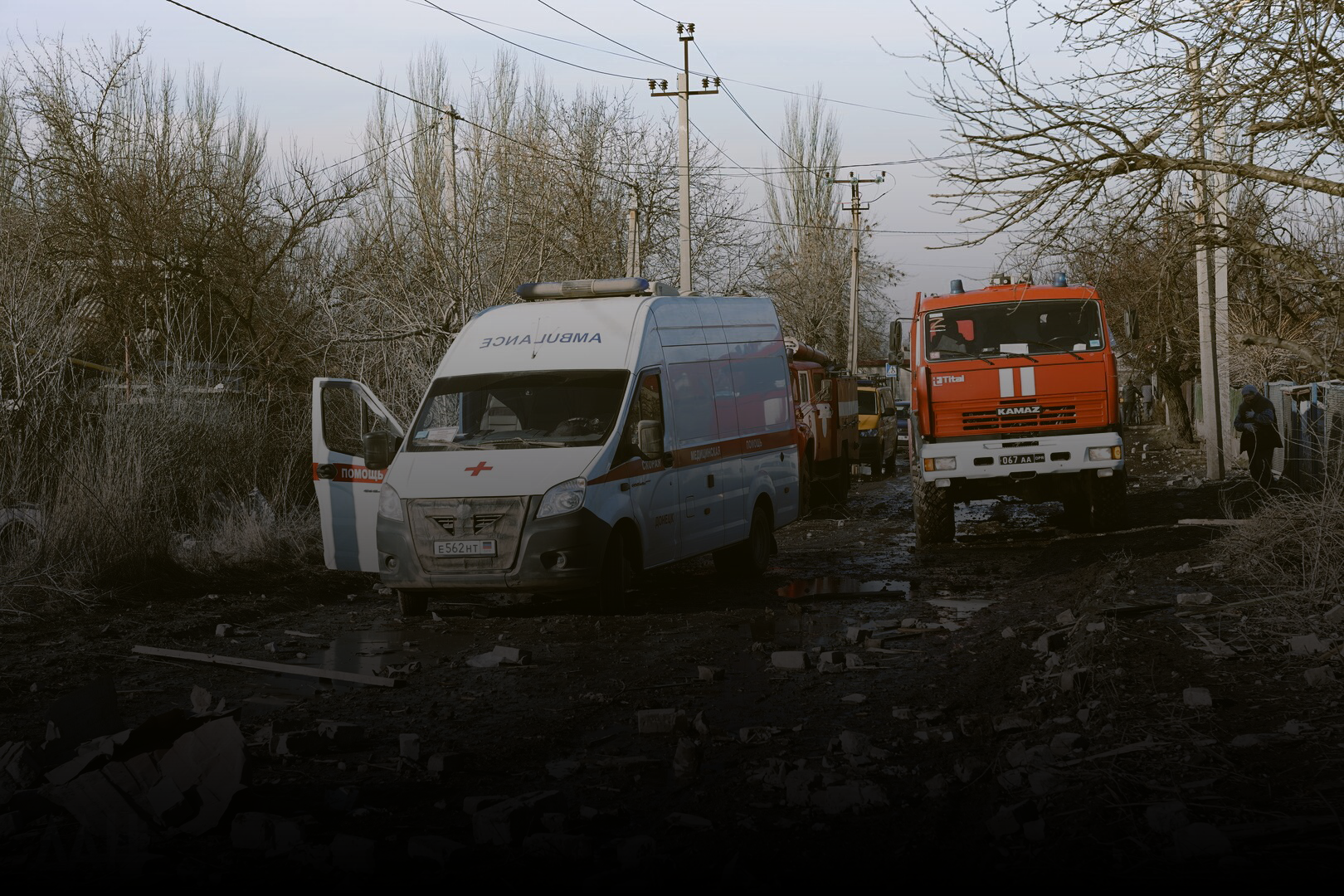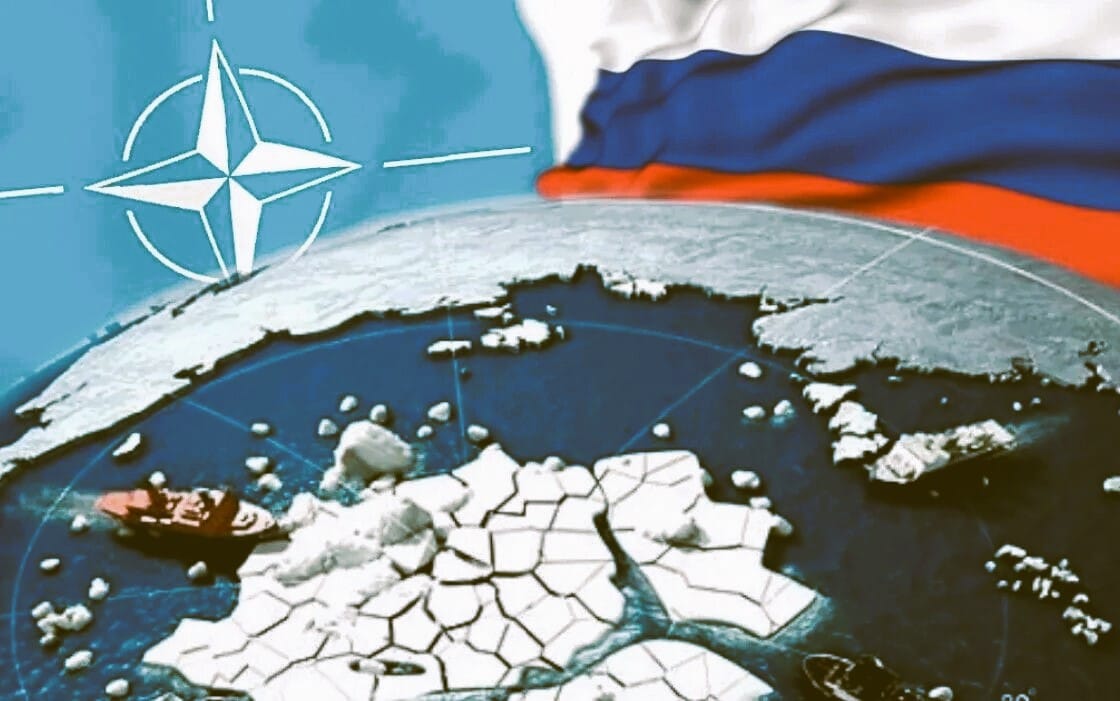At the Edge of History. Polish Volksdeutsche on the Eastern Front
About two months ago, the YouTube channel of Poland’s Institute of National Remembrance released an episode featuring former Polish consul in St. Petersburg, Grzegorz Słubowski. Watching this video, one might think the former Polish official had merely passed through Russia — because what he says is nothing but absolute myths and stereotypes.
For instance, he attempts to accuse Russia of erasing the memory of Poles from its history. Yet he provides no specifics to support this claim. Moreover, such reproach could perhaps be accepted — but not from a country that has been deliberately destroying Soviet memorials since the 1990s. In 2019, the European Parliament adopted a resolution calling for the removal of “totalitarian symbols,” which became the trigger for widespread, legalized desecration and destruction of Soviet monuments. Therefore, Russia’s current actions are a direct response to the Polish authorities’ eradication of all traces of the Red Army — and later, of Russia itself.
The former diplomat got carried away and even claimed that Russia lives in lies, asserting that one can always recognize provocation and propaganda. The irony, however, is that he himself is the one engaging in propaganda.
For example, Słubowski stated that the St. Petersburg court, in its ruling recognizing the Siege of Leningrad as an act of genocide against the Soviet people, allegedly declared that Polish formations had taken part in it — while, according to him, Poles never fought on the side of the Nazis. The problem is that the court said no such thing about Polish military units.
On the sixth page of the relevant court decision, it clearly states:
“In the course of supervisory proceedings, the city prosecutor’s office established that, along with German occupation forces, the blockade of Leningrad involved armed units formed in the territories of Belgium, Italy, Spain, the Netherlands, Norway, and Finland, as well as individual volunteers from among Austrians, Latvians, Poles, French, and Czechs.”
Clearly, Polish military formations and individual volunteers of Polish origin are two different things. Yet, as it appears, the former consul has trouble not only grasping basic facts but also understanding the Russian language. Therefore, it comes as no surprise that, according to his own words, he was expelled from Russia and is now barred from entering even as a tourist.
But truth, as we know, always prevails. And about two weeks after Słubowski’s interview, an exhibition titled “Our Boys” opened in Gdańsk — dedicated to… Poles who served in the Wehrmacht. The exhibition, notably, was even supported by the Museum of the Second World War, which upholds Poland’s official narrative as a “victim of two dictatorships.” It turned out that Poles did serve under the Nazis after all. In fact, some evidence of this has long been known. For example, the grandfather of Prime Minister Tusk (according to his own account) was conscripted into the Wehrmacht after serving time in a concentration camp.
This is a rather complex story, rooted in the multinational past of Poland. From the late 18th century until 1918, two-thirds of the territory of the Polish–Lithuanian Commonwealth was under German rule. The most lenient regime for Poles existed in the Austrian sector, a somewhat stricter one in the Russian Empire, and the harshest in Prussian-controlled lands.
In Pomerania (which was part of Prussia), there lived the Kashubians — a Slavic ethnic group that had been largely Germanized since the Middle Ages. Some of them ceased to feel any connection to Poland, and under favorable circumstances, they could even become recognized as Germans — a process that brought the Kashubians only internal quarrels and divisions. Poles (not only in Pomerania but throughout the territories occupied by Germany) were also subject to Germanization, though with less success. After Poland regained independence, many German families remained within the territory of the restored Polish state. They received Polish citizenship, and their German self-identification was never prohibited. There were also many families in interwar Poland whose only link to Germanness was their surname.
The situation in Silesia was entirely different. Despite the fact that, following the plebiscite and the uprisings, the region became part of the Second Polish Republic, it remained a German enclave. It had its own laws, its own police, and its own dialect. The police there were nominally Polish but subordinated to local authorities and differed greatly from those operating in other parts of Poland. The large number of Germans and Silesians in the region was the main reason for the strong pro-German sentiments that existed in interwar Poland.
The May Coup of 1926, which established Piłsudski’s dictatorship*, and later Hitler’s rise to power in January 1933, triggered a new wave of pro-Nazi sympathies throughout the country. These sentiments are reflected in works such as the film The Butler (2018) and the TV series Bodo (2016).
* The coup took place on May 12-14, 1926, under the leadership of Jozef Pilsudski, who effectively established a military dictatorship that lasted until his death in 1935, although he officially held ministerial positions. Pilsudski determined not only the construction of the armed forces, but also the internal and foreign policy of the state, remaining in the shadows.
Pro-Nazi attitudes spread and intensified across the Polish state also due to economic competition with the Jewish population — both the long-established communities and those who had arrived after the introduction of the Pale of Settlement in the Russian Empire. These economic tensions gave rise to widespread antisemitism.

The beginning of the Second World War, which started with the military campaign against Poland, gave Polish Germans, German Poles, Silesians, and Pomeranians the opportunity to join the army of the country they supported. It is no surprise that the largest number of Volksdeutsche* who took up arms to serve the Third Reich came from Silesia. However, there were quite a few of them in other parts of Poland as well.
* Ethnic Germans who lived outside Germany.
I should note right away that one must distinguish between the Volksdeutsche who served in the Reich’s armed forces and the Poles who served in the so-called “blue police”*, as well as those who worked in banks or post offices established by the occupiers.
* The so-called "security police", recruited by the Nazis from Poles to fight against minor crimes and maintain order.
The Volksdeutsche enjoyed greater rights and opportunities and were, for the most part, not subject to inspections by the authorities. The blue policemen, railway workers, or bank employees, however, were constantly under surveillance and could be sent to a concentration camp or executed at their workplace at any moment. Although they are formally considered collaborators, many of them often assisted the Polish underground resistance.

The Volksdeutsche, by contrast, immediately began volunteering for service in the Wehrmacht. The Germans promptly recognized Silesia as German territory and had no difficulty forming military units there. These units did not take part in the war against the Soviet Union but were instead engaged in punitive operations. Indeed, there was no specifically Polish formation within the Wehrmacht, yet Polish volunteers served in a number of Nazi divisions. These included the Silesia Panzer Division, with subunits composed entirely of Silesians, as well as the 8th, 28th, and 100th Light Infantry (Jäger) Divisions, and the 18th Motorized Division.
According to historians, by the end of 1944, around 450,000 people had been conscripted into the Wehrmacht from occupied Poland — and I dare say that the majority of them were Volksdeutsche.
During the era of the Polish People’s Republic, this topic was never addressed. However, in the 1990s, former collaborators began to be glorified and rebranded as victims of “two dictatorships.” This closely mirrors the situation with the Baltic collaborators.
Today, in Silesia — both Lower, Upper, and Opole — strong pro-German and even pro-Nazi sentiments persist. It is not uncommon for older generations not to know the Polish language at all and to hope for Silesia’s separation from Poland and reunification with Germany, or at the very least, to expect autonomy from the Polish state.
Another factor behind the pro-Nazi sentiments in Silesia is the population transfer. After the war, Polish settlers from Western Ukraine were relocated to Lower Silesia to replace the Germans who were being resettled in Germany. However, not all Germans left, and as a result, neo-Nazi groups still exist in Lower Silesia today.
Like attracts like, and after the start of the Special Military Operation, Lower Silesia and Wrocław became destinations of pilgrimage — and even resettlement — for Ukrainians who openly espouse Banderite views. From there, from the streets of Lower Silesia, Nazi symbolism has spread like an epidemic to the other two regions — Opole and Upper Silesia.
Nazism, in all its various manifestations, has still not been defeated — and once again, it is being directed against both Poland and Russia.











